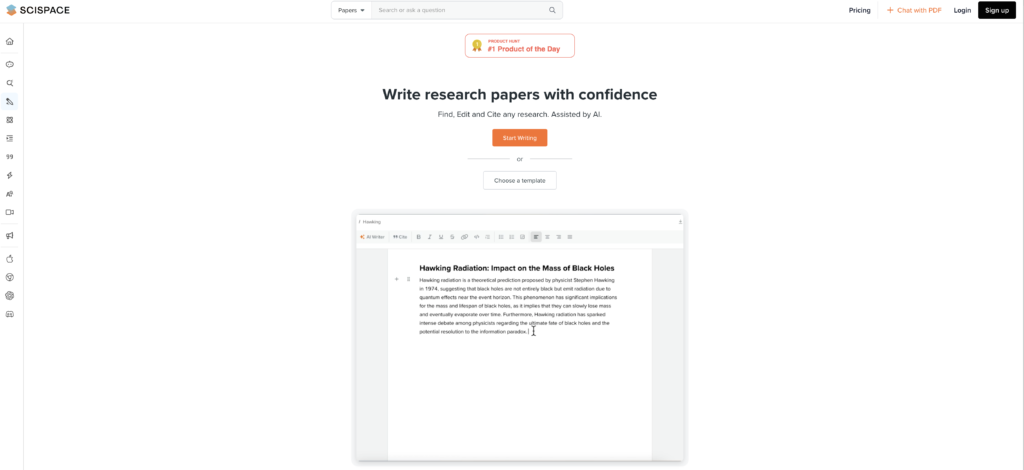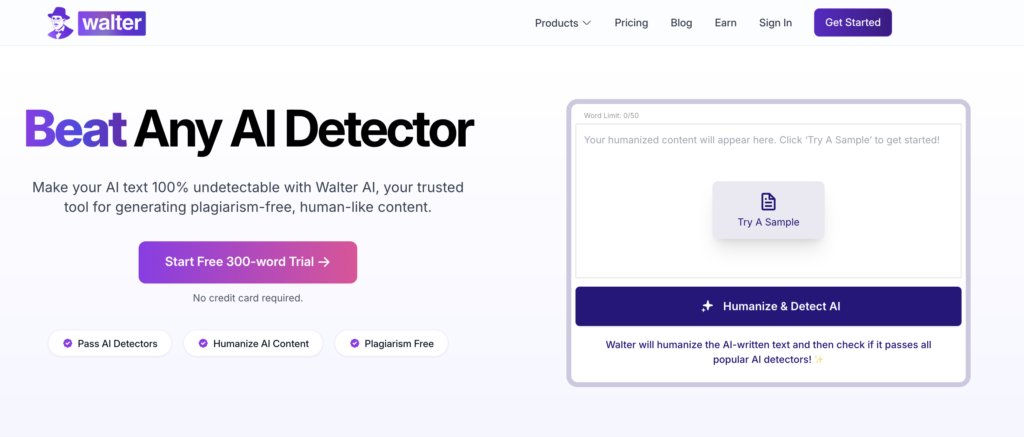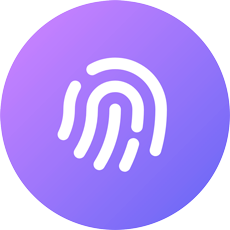AI tools are quickly becoming essential to how academic writers approach research, draft content, and polish papers. Whether you’re a student on a deadline, a PhD researcher juggling a dozen citations, or a professor looking for formatting help—AI promises speed, structure, and support. One tool gaining momentum in this space is SciSpace (formerly Typeset), a platform specifically designed to simplify academic writing.
But here’s the question: Can SciSpace’s AI actually write research papers? And more importantly—can its output pass AI detection tools used by universities and journals?
Let’s dig into this SciSpace review, explore how its tools work, test it with a real academic paragraph, and see how Walter Writes AI helps humanize AI-written research for better clarity, flow, and credibility.
Introduction – The Rise of AI in Academic Writing
Why AI Is Being Used for Research Papers
Academic writing can be intense. You’re juggling complex ideas, dense sources, and strict formatting rules. Enter AI—tools like SciSpace offer much-needed relief by helping with:
- Speed: Generating a first draft in minutes
- Grammar & Clarity: Enhancing formal tone and academic flow
- Idea Expansion: Assisting with structure and transitions
But there are risks too:
- AI-generated papers may lack originality or subject nuance
- Content can get flagged by AI detection tools like Turnitin AI and GPTZero
- Ethical concerns around authorship, transparency, and academic honesty
That’s why it’s important not just to use these tools—but to understand how to use them responsibly and refine their output for human-like quality.
What Is SciSpace? Overview of the Platform

Company Background & Mission
SciSpace (formerly Typeset) was created to simplify the world of academic publishing. The platform’s goal? Make research more accessible, collaborative, and manageable—especially for students and academics navigating citation rules, formatting guidelines, and editorial feedback.
The platform focuses on streamlining:
- Literature discovery
- Academic writing
- Formatting and citations
- Research collaboration and submission
Who Is It For?
SciSpace is built for:
- Students writing essays, theses, and literature reviews
- Researchers & academics drafting articles for peer-reviewed journals
- Institutions managing multiple authors and publications
It covers disciplines from science and engineering to medicine, law, and the humanities.
Key Tools & Features of SciSpace
SciSpace is more than a document editor—it’s a full suite of AI-enhanced tools tailored for academic research. Here’s a snapshot of what’s included:
| Tool | Description | Best For |
|---|---|---|
| AI Writer | Generates academic paragraphs from prompts | First drafts, research intros |
| Literature Review Tool | Semantic search across academic databases | Fast sourcing and annotation |
| Citation Generator | APA, MLA, Chicago-style citations | Reference formatting |
| PDF Annotator | Highlight and comment on academic PDFs | Paper reviews, collaboration |
| Paper Discovery | AI-powered search by topic | Finding relevant studies |
Let’s take a closer look at the core features:
SciSpace AI Writer – The Research Paper Generator
This is the platform’s flagship tool. You enter a research prompt, and the AI generates a paragraph or section in a formal academic tone. It’s useful for:
- Getting past writer’s block
- Drafting structured content quickly
- Maintaining a scientific tone
However, it’s not perfect:
- Some outputs feel robotic or surface-level
- You still need to fact-check and personalize
- It may not capture discipline-specific depth
Literature Review & Paper Discovery Tools
SciSpace allows you to search academic databases using semantic search (better than keyword search). It shows annotated previews and lets you export citations with a click.
Huge time-saver for:
- Reviewing multiple papers
- Building a research case quickly
- Organizing references
Plagiarism & Citation Assistance
The platform includes a citation generator supporting all major styles: APA, MLA, Chicago, IEEE. It also checks for overlapping text—though it’s not as robust as Turnitin’s plagiarism checker.
Still, it’s a handy feature for formatting and consistency.
Sample Prompt & Output
We tested SciSpace’s AI writer with a prompt:
“Describe the effects of climate change on biodiversity.”
Here’s a snippet of what the AI produced:
“Climate change has significantly impacted global biodiversity. Rising temperatures and altered precipitation patterns have led to habitat loss and increased extinction risks among various species. Changes in phenology, such as earlier flowering and migration patterns, indicate ecosystem-level shifts. Without immediate intervention, biodiversity decline may become irreversible.”
Did It Pass AI Detection Tools?
We ran the paragraph through:
The result? All three flagged the text as likely AI-generated—with Originality.ai scoring it at 94.3% AI.
Despite the technical accuracy, the phrasing and tone felt a bit too textbook—lacking the spontaneity or nuance of human writing.
SciSpace Pricing & Plans

How Walter Writes AI Can Help Humanize SciSpace Output

Turning AI-Written Research into Human-Like Prose
That’s where Walter Writes AI comes in. It takes the AI-generated output and refines it—enhancing tone, improving variation, and adding more human-like sentence flow without losing academic rigor.
- Refines sentence structures to remove rigid patterns
- Adds transitional variety and softens robotic tone
- Improves readability and lowers AI detection scores
- Keeps your citations and terminology intact
It’s especially useful for students and researchers using SciSpace but worried about detection or tone.
→ When using AI tools, always take a moment to humanize the output before publishing or submitting.
A Side-by-Side Rewrite Comparison
Let’s take that same SciSpace paragraph and run it through Walter Writes AI. Here’s the result:
Walter Writes Version:
“Climate change is putting immense pressure on global ecosystems. As temperatures rise and rainfall patterns shift, many species are struggling to adapt—resulting in habitat disruption and growing extinction threats. We’re also seeing changes in seasonal behavior, like earlier plant blooming or migration shifts, which signal broader ecological transformations. Without timely action, these losses could become irreversible.”
- Tone: More conversational yet still academic
- Structure: Better sentence variation
- Detection Score: Dropped from 94.3% to 22.7% AI on Originality.ai
Pros & Cons of Using SciSpace for Academic Writing
The Pros
- Saves hours of formatting and organizing sources
- Great for drafting research intros or outlines
- Offers citation, annotation, and semantic search tools
- Supports collaboration with easy PDF sharing
The Cons
- AI output is detectable by most AI checkers
- Paragraphs may lack deep context or creative thought
- Needs refinement before academic submission
- Ethical concerns if used without transparency
That’s why tools like Walter Writes AI are essential for polishing the final version.
FAQs
Yes! SciSpace supports research across disciplines—from hard sciences and medicine to humanities, social science, and law.
Walter Writes AI is specifically designed to reduce AI detection scores by humanizing sentence structure, tone, and vocabulary. While no tool can guarantee zero detection, it significantly lowers the risk.
More tips here: How to Write Without AI Detection
SciSpace offers limited free use with premium subscriptions for advanced features. Walter Writes AI also has a free tier and affordable plans for students and professionals.
Conclusion – Should You Use SciSpace for Academic Work?
SciSpace is a solid academic tool—especially for early-stage writing, literature reviews, and formatting. Its AI writer generates structured, on-topic content fast. But like most AI tools, it needs refinement to sound human and pass detection.
Pairing SciSpace with Walter Writes AI gives you the best of both worlds: fast content generation and refined, human-like writing.
Ready to upgrade your academic writing? Try Walter Writes AI and make your research papers sound natural, professional, and detection-safe.









